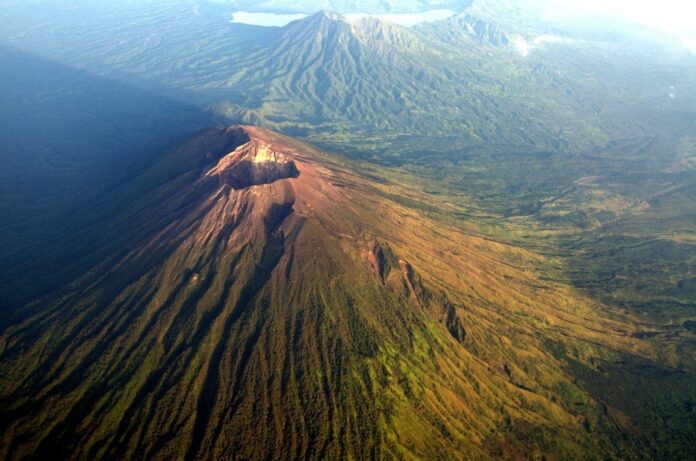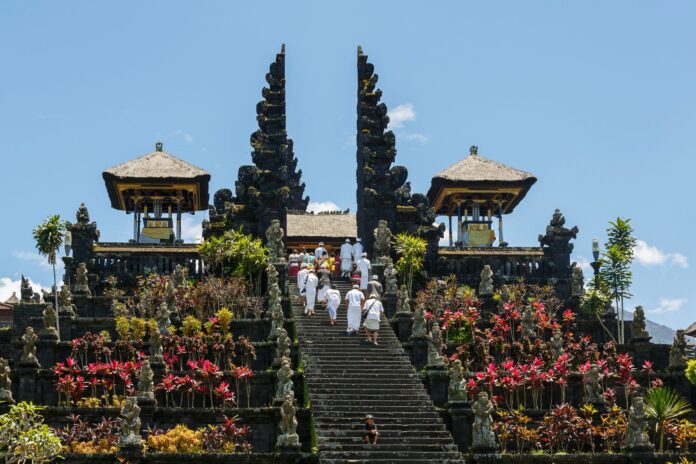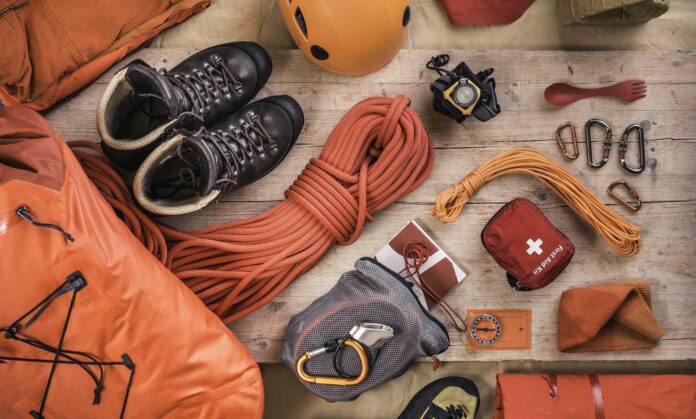As someone who loves the outdoors and is always up for an adventure, climbing Mount Agung has been on my bucket list for a while. This mountain is Bali’s highest and most sacred, and it offers some of the most breathtaking views you’ll ever see.
In this article, I’ll be exploring the top Mount Agung climbing routes, sharing some tips for climbing the mountain, and providing information on the best ways to reach the mountain and where to stay.
Introduction to Mount Agung

Mount Agung, also known as Gunung Agung, is an active volcano located in Bali, Indonesia. It is the highest point on the island, standing at 3,142 meters tall. It is considered to be the most sacred mountain in Bali, and it is an important part of the island’s culture and religion. The mountain has a rich history, and it has played an important role in shaping the island’s landscape and culture.
Mount Agung’s Facts
Mount Agung is an active volcano, and it has erupted several times in the past. The last major eruption occurred in 1963, which caused significant damage to the surrounding areas.
Since then, the volcano has been relatively quiet, although there have been some minor eruptions in recent years. Despite its activity, it remains one of the most popular climbing destinations in Bali, attracting thousands of visitors each year.
Mount Agung’s Climate and Climbing Season
The best time to climb Mount Agung is during the dry season, which runs from April to September. During this time, the weather is generally sunny and dry, making it easier to climb the mountain.
However, it’s important to note that even during the dry season,this mountain can experience sudden changes in weather, so it’s important to be prepared for all conditions.
Explore the ideal climbing season and discover essential details about Mount Agung. SummitClimb always run trips in favorable climate and during the climbing season on the trip they offer.
Mount Agung’s Accommodation Options

There are several accommodation options available for those looking to climb Mount Agung. The most popular option is to stay in one of the nearby villages, such as Besakih or Candidasa.
These villages offer a range of accommodation options, from budget guesthouses to luxury resorts. Another option is to stay in one of the many homestays located at the base of the mountain. These homestays offer a more authentic experience and are a great way to immerse yourself in the local culture.
How to reach Mount Agung
The easiest way to reach Mount Agung is by car or motorbike. From Denpasar, the journey takes around two hours, depending on traffic. If you’re not comfortable driving in Bali, there are also several tour operators that offer guided tours. These tours typically include transport, food, and a guide to lead you up the mountain.
The Best Mount Agung Climbing Routes
There are several climbing routes available. The most popular route is the Besakih route, which starts in the village of Besakih and takes around six to seven hours to reach the summit. This route is considered to be the easiest and most accessible route, with a well-defined trail and stunning views along the way.
Another popular route is the Pasar Agung route, which starts in the village of Pasar Agung and takes around seven to eight hours to reach the summit. This route is considered to be more challenging than the Besakih route, with steeper inclines and a more rugged terrain.
Tips for Climbing Mount Agung
Climbing Mount Agung is not for the faint of heart, and it’s important to be prepared for the climb. Start early: It’s important to start your climb early in the morning, as the weather can change quickly and it can get very hot during the day.
- Pack light: You’ll be carrying all your gear with you, so it’s important to pack only the essentials.
- Dress appropriately: The weather can be unpredictable, so it’s important to dress in layers and bring rain gear.
- Bring plenty of water and snacks: It’s important to stay hydrated and nourished during the climb.
Safety Measures for Climbing

Climbing Mount Agung can be dangerous, and it’s important to take safety precautions to ensure a safe climb.
- Hire a guide: It’s important to hire a guide to lead you up the mountain, as they will be familiar with the terrain and can help you navigate any challenges.
- Check the weather forecast: weather on this mountain can be unpredictable, so it’s important to check the weather forecast before starting your climb.
- Bring a first aid kit: It’s important to bring a first aid kit with you, as accidents can happen.
- Physical Preparation: Make sure you are physically fit before attempting to climb a mountain. Engage in regular exercise to improve your endurance, strength, and cardiovascular health.
- Mental Preparation: Climbing mountains can be mentally challenging. Practice mental resilience, positive thinking, and develop a mindset of perseverance and determination.
- Slow and Steady: Pace yourself and take regular breaks to rest and acclimatize to the altitude. Pushing too hard too quickly can lead to exhaustion or altitude sickness.
- Buddy System: Whenever possible, climb with a partner or in a group. Having someone with you not only adds to the overall experience but also provides support and assistance in case of emergencies.
- Leave No Trace: Respect the environment by following the principle of “Leave No Trace.” Pack out all your trash, avoid damaging vegetation, and be mindful of the impact you have on the natural surroundings.
Mount Agung Climbing Tours and Services
If you’re looking for a guided tour or climbing service, there are several options available. Many tour operators offer guided tours to Mount Agung, which typically include transport, food, and a guide to lead you up the mountain. There are also several climbing services available, which offer gear rental, guides, and other services to help you make the most of your climb.
Conclusion
Climbing Mount Agung is an experience like no other, and it’s a must-do for any outdoor enthusiast visiting Bali. With its stunning views, rich history, and challenging terrain, this mountain is sure to leave you with memories that will last a lifetime. Whether you’re an experienced climber or a first-timer, there’s a climbing route that’s perfect for you. So, pack your bags, prepare for the climb, and get ready to scale new heights!









